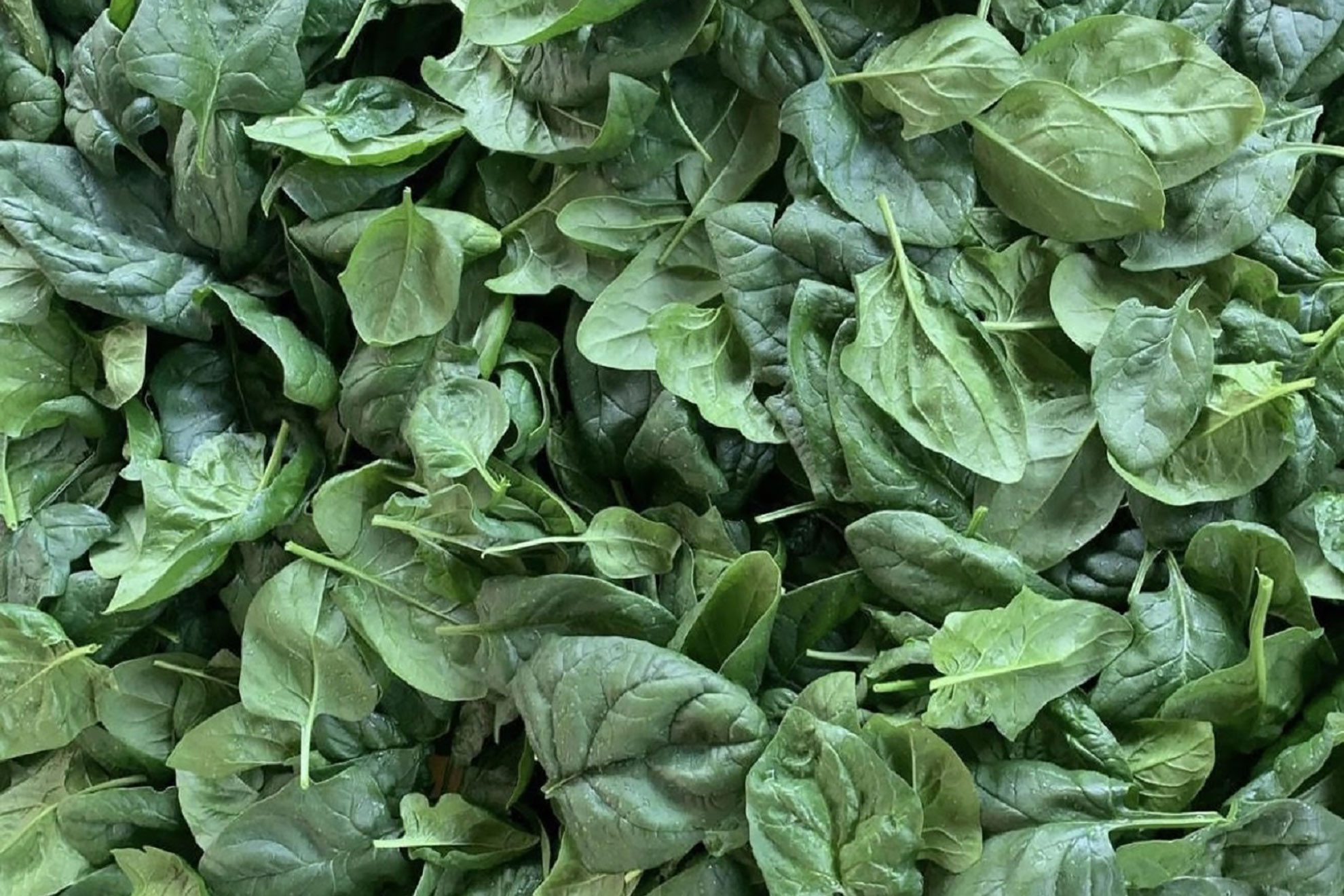Pumpkin bread, pumpkin ravioli, pumpkin pie, pumpkin risotto, pumpkin beer — the options are endless, and endlessly mouthwatering. It’s finally pumpkin season, and the reasons to celebrate are many.
Not only is fall’s signature squash versatile enough to fit into all the above and more, it also packs some powerful healthy perks — like keeping heart health, vision and waistlines in check, as long as you take it easy on the pie, that is.
Keep Eyesight Sharp
A cup of cooked, mashed pumpkin contains more than 200 percent of your recommended daily intake of vitamin A, which aids vision.
Aids in Weight Loss
Pumpkin is an often-overlooked source of fiber, but with three grams per one-cup serving and only 49 calories, it can keep you feeling full for longer on fewer calories. A fiber-rich diet seems to help people eat less, and thereby shed pounds.
Help Your Heart
Nuts and seeds, including those of pumpkins, are naturally rich in certain plant-based chemicals called phytosterols that have been shown in studies to reduce LDL or “bad” cholesterol.
Fight Cancer
Like their orange comrades the sweet potato, the carrot and the butternut squash (to name a few), pumpkins boast the antioxidant beta-carotene, which may play a role in cancer prevention, according to the National Cancer Institute.
Protect The Skin
The same free-radical-neutralizing powers of the carotenoids in pumpkin that may keep cancer cells at bay can also help keep the skin wrinkle-free.
Can Help After A Hard Workout
Ever heard of bananas being touted as nature’s energy bar? Turns out, a cup of cooked pumpkin has more of the refueling nutrient potassium, with 564 milligrams to a banana’s 422.
A little extra potassium helps restore the body’s balance of electrolytes after a heavy workout and keeps muscles functioning at their best.
Boosts Immune System
Pumpkins are a solid source of the essential nutrient Vitamin C. One cup of cooked pumpkin contains more than 11 milligrams, or nearly 20 percent of the 60 milligrams the IOM recommends women need daily. (Men should aim for around 75 milligrams.)



